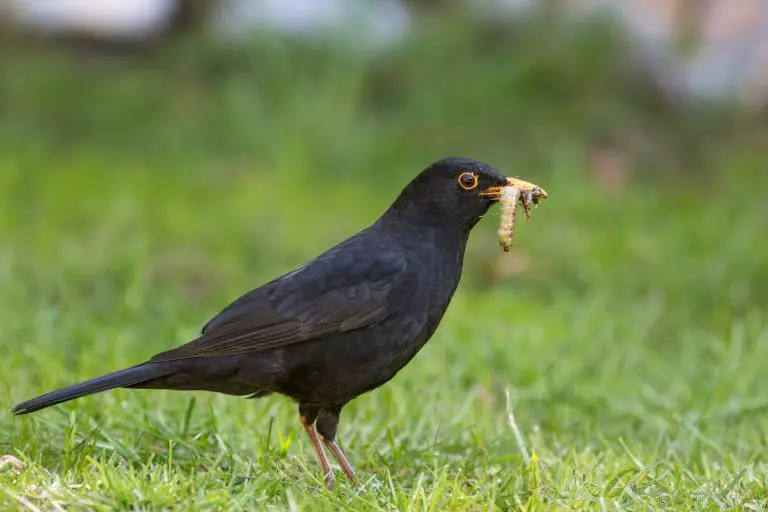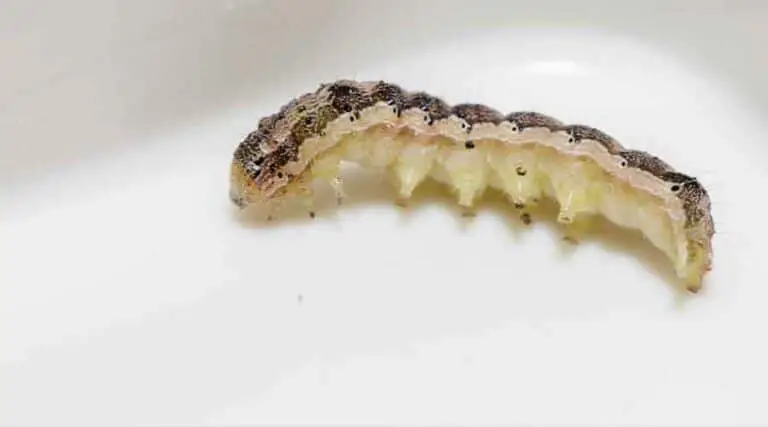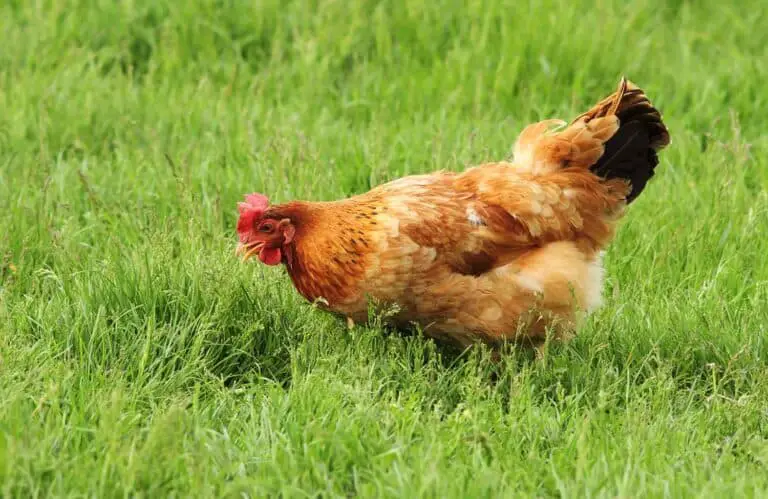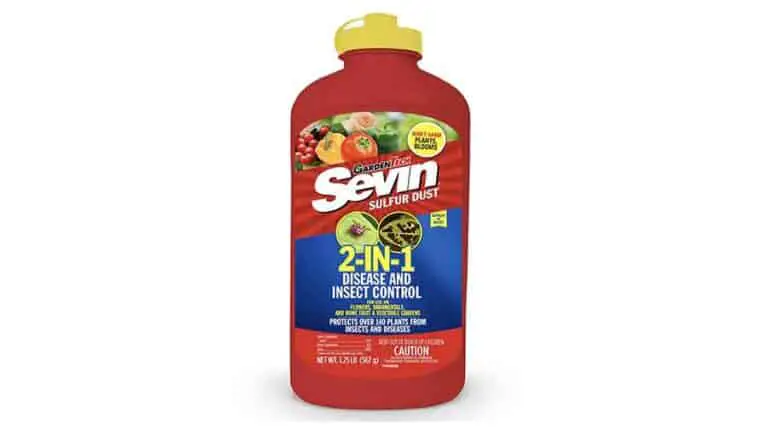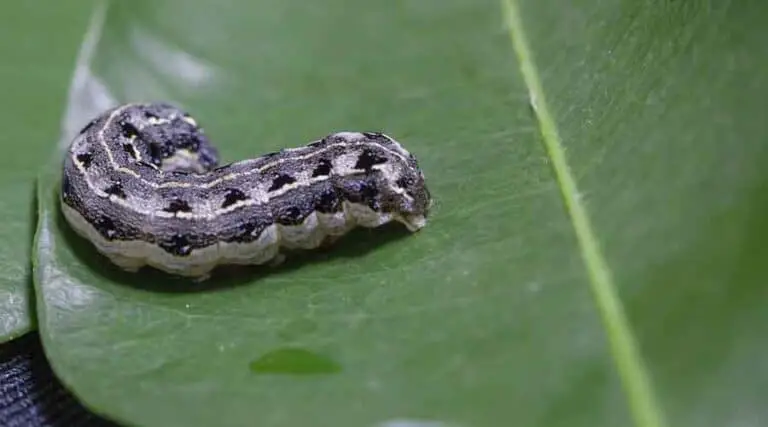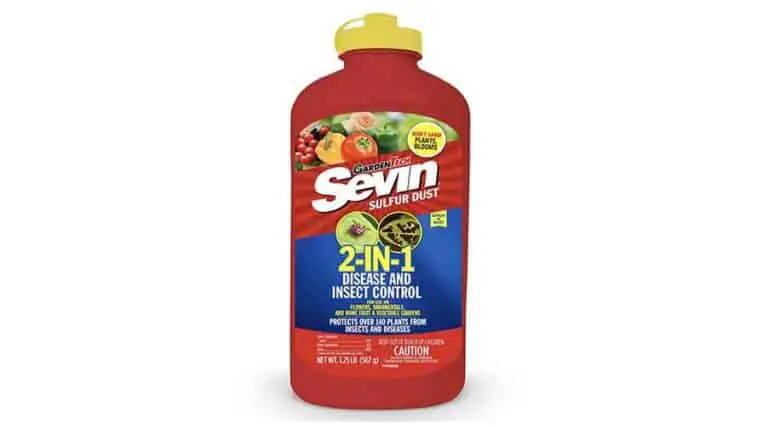What Insecticide Kills Cutworms: Effective Solutions
Cutworms are a common nuisance for gardeners and farmers, as they wreak havoc on plants by feeding on the stems and cutting them down during the early stages of growth. Finding an effective insecticide to control these pests is crucial in order to prevent damage to crops and maintain healthy plants.
One proven method for controlling cutworms is the use of pyrethroid insecticides. These chemical compounds have been found to be both toxic and persistent when applied as foliar sprays, making them an effective solution against cutworm infestations. It is important to note that the choice of insecticide, application methods, and timing are all factors that can influence the overall effectiveness in controlling cutworm populations.
Successful management of cutworms also involves regular monitoring and an understanding of their life cycle. By keeping track of insect activity, one can make informed decisions about when to apply insecticides for optimal results. Implementing an integrated pest management strategy that includes both chemical and non-chemical methods can greatly reduce the risk of cutworm damage and promote healthier crops in the long run.
Understanding Cutworms
Life Cycle
Cutworms are the larval stage of various moth species. These larvae undergo four primary life stages: egg, larva, pupa, and adult moth. The adult female moth deposits eggs on plants or soil. Within a few days, the eggs hatch into larvae, which are the damaging stage of the insect.
During their larval stage, cutworms feed primarily at night and curl up during the day. After the feeding period, which lasts for a few weeks, the cutworm larva enters the pupal stage, usually in the soil. Within two to three weeks, adult moths emerge from the pupae and begin the life cycle again. The entire cutworm life cycle typically takes around 1 to 3 months, depending on the species and environmental conditions.
Damage Caused
Cutworms can cause significant damage to a wide range of crops, including corn, soybean, cotton, and various vegetable and fruit crops. During their larval stage, cutworms feed on the stems and leaves of plants, often cutting the plant off at the soil level.
In addition to direct feeding damage, cutworms can also act as vectors for plant diseases, such as bacterial wilt and corn smut. These pests are particularly hazardous to young, vulnerable plants as they can quickly destroy the entire crop if left uncontrolled.
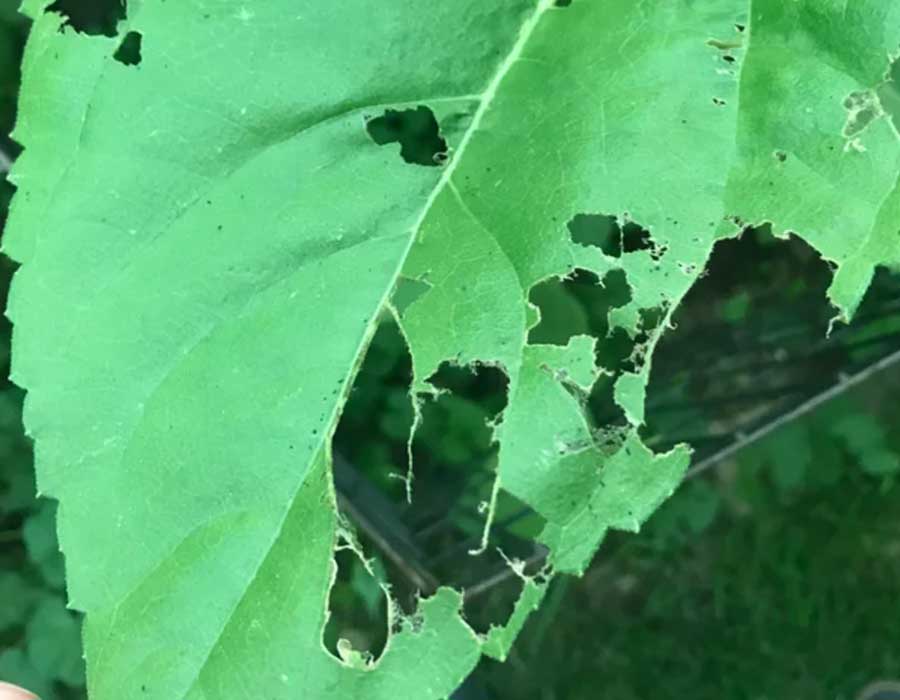
To effectively manage cutworms, it is important to use the appropriate insecticide. Research has shown that cyantraniliprole can effectively target and control black cutworm populations at sublethal concentrations. I will not use endnotes. Another study demonstrated the effectiveness of steinernematid nematodes against black cutworm and diamondback moth larvae.
Chemical Insecticides
Carbaryl
Carbaryl is a widely used chemical insecticide that has shown effectiveness in managing cutworms. This chemical belongs to the carbamate class of insecticides and acts as a cholinesterase inhibitor, disrupting the nervous system of the pests, eventually leading them to paralysis and death. Carbaryl is available in granular and liquid concentrations, offering flexibility in application methods for different situations.
Chlorpyrifos
Chlorpyrifos is another potent insecticide that has been proven effective against cutworms. It belongs to the organophosphate class of insecticides, which also acts on the insects’ nervous system by inhibiting the enzyme cholinesterase. This results in disrupted nerve impulses that lead to paralysis and eventually, the death of the pest. One study has highlighted the potency of chlorpyrifos in managing cutworm populations.
Cyfluthrin
Cyfluthrin is a synthetic pyrethroid insecticide, which has been found to be effective in controlling cutworms. It works by acting on the nervous systems of the insects, causing rapid paralysis followed by death. Cyfluthrin has low mammalian toxicity and is considered environmentally friendly, as it tends to degrade rapidly in sunlight. However, it is essential to apply cyfluthrin carefully, as improper application could lead to off-target, harmful effects on beneficial insects and other non-target organisms.
Permethrin
Permethrin is another synthetic pyrethroid that has been proven effective against cutworms. Like cyfluthrin, it also targets the nervous system of the pests, causing paralysis and death. Permethrin can be applied in various formulations, such as dusts, emulsifiable concentrates, and wettable powders.
When using chemical insecticides to control cutworms, always follow the label recommendations and application guidelines to ensure effective pest control and minimize negative impacts on the environment and non-target organisms. It is essential to rotate insecticides with different modes of action to prevent the development of resistance in cutworm populations.
Organic Insecticides
Bacillus Thuringiensis
Bacillus thuringiensis (Bt) is a naturally occurring soil bacterium that can effectively control cutworms. Bt produces proteins that are toxic only to certain insects, including the larvae of cutworms. When cutworms ingest Bt-treated plants, the toxic proteins damage their gut, leading to the insect’s death.
To use Bt as an organic insecticide against cutworms, apply it on the affected plants according to the product’s label instructions. Keep in mind that it is most effective when applied during the early larval stages of the cutworms, as they are more susceptible to the toxin at this point in their life cycle.
Spinosad
Spinosad is another organic insecticide derived from the fermentation of a naturally occurring soil bacterium called Saccharopolyspora spinosa. It is highly effective in controlling various pests, including cutworms. Spinosad works by attacking the insect’s nervous system, ultimately causing paralysis and death.
To apply Spinosad against cutworms, follow the product’s label directions. Generally, it should be mixed with water and applied as a foliar spray on infested plants. Be sure to target the base of plants where cutworms typically feed and hide during the day.
Neem Oil
Neem oil is derived from the seeds of the neem tree (Azadirachta indica) and is an effective organic insecticide against cutworms. It works by disrupting the insect’s hormonal balance, preventing it from growing and molting, ultimately leading to death.
To use neem oil against cutworms, mix the product with water as instructed on the label and apply as a foliar spray. Be sure to cover both the top and bottom of the leaves, as well as the base of plants where cutworms are most likely to feed. Reapply every 7-14 days, as needed, to maintain control over the cutworm population.
By using these organic insecticides, you can protect your plants from cutworm damage in a safe and environmentally friendly manner. Remember to always follow the product labels for proper usage and application rates.
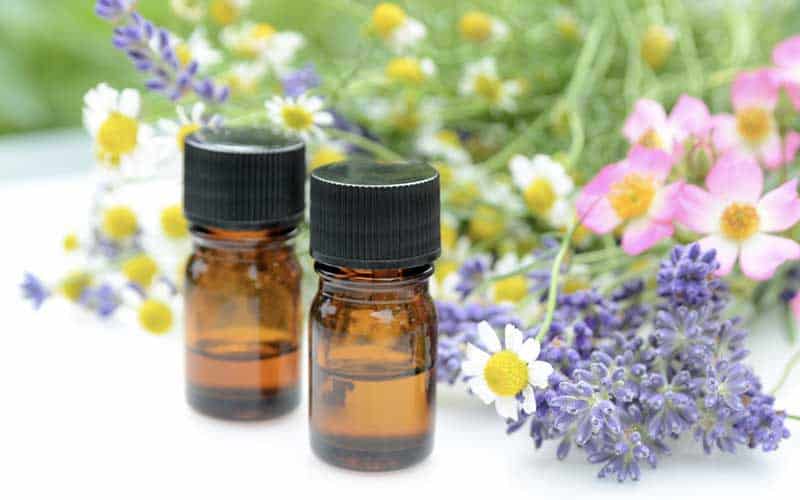
Preventive Measures
Cultural Control
Cultural control methods can effectively reduce the prevalence of cutworms in gardens and fields. Some preventive measures include:
- Tilling the soil: This exposes cutworm larvae to predators and harsh environmental conditions.
- Removing plant debris: Clearing away plant debris and weeds from the area eliminates potential hiding places and food sources for cutworms.
- Proper plant spacing: Providing adequate spacing between plants can discourage cutworms from moving between plants.
- Using collars around plant stems: Placing a protective collar made of cardboard, plastic, or foil around the base of plants can help prevent cutworms from reaching the stem to feed.
Biological Control
Biological control methods can also be employed to manage cutworm infestations. Some effective biocontrol agents are:
- Parasitic wasps: These wasps, such as the family Braconidae, lay their eggs inside cutworm larvae, eventually killing them as the wasp larvae develop.
- Predatory insects: Insects such as lady beetles and ground beetles can feed on cutworm eggs and larvae, helping to control their populations.
Another biological control option is the use of entomopathogenic nematodes (EPNs), such as Steinernema carpocapsae and S. glaseri, which are known for their ability to rapidly kill their insect hosts. EPNs are particularly promising because they are environmentally friendly and can target cutworms without harming beneficial insects.
In addition, a genetically modified nucleopolyhedrovirus has been developed to improve the speed of insect killing and contribute to the acute insecticidal effects against the black cutworm, Agrotis ipsilon.
Implementing these preventive measures and utilizing effective biological control agents can help to manage cutworm populations, providing more sustainable and environmentally friendly solutions for pest control.
Application Tips and Safety
When using insecticides to control cutworms, it’s crucial to ensure proper application and safety measures are in place. One effective method involves applying chemical insecticides designed specifically for cutworm management. However, it’s crucial to follow guidelines to ensure the safe and effective use of these products.
Firstly, make sure to read and follow the label instructions for the chosen insecticide. The label will provide essential information on application rates, pre-harvest intervals, and safety precautions. Additionally, consider the potential environmental impact and non-target organism harm, such as beneficial insects or pollinators.
When applying insecticides, ensure proper timing. Cutworms are primarily active at night or in the early morning hours, so it’s best to apply treatments during these times to maximize their effectiveness. To prevent unnecessary applications and reduce the risk of insecticide resistance, monitor cutworm populations and apply treatments when populations reach damaging levels.
Consider using alternative methods, such as biopesticides, which are derived from plant-based ingredients and are generally safer for the environment and non-target organisms. These products often have specific application procedures, so be sure to consult the label and guidelines for proper usage.
To ensure safety when handling insecticides, always wear personal protective equipment (PPE), including gloves, long sleeves, pants, and eye protection. Wash hands after handling insecticides, and avoid contact with skin, eyes, or clothing.
In summary, to effectively and safely control cutworms using insecticides:
- Choose appropriate chemical or biopesticide products
- Follow label instructions for application rates and safety precautions
- Time applications for maximum effectiveness
- Monitor cutworm populations to apply treatments as needed
- Use personal protective equipment and practice proper handling procedures

